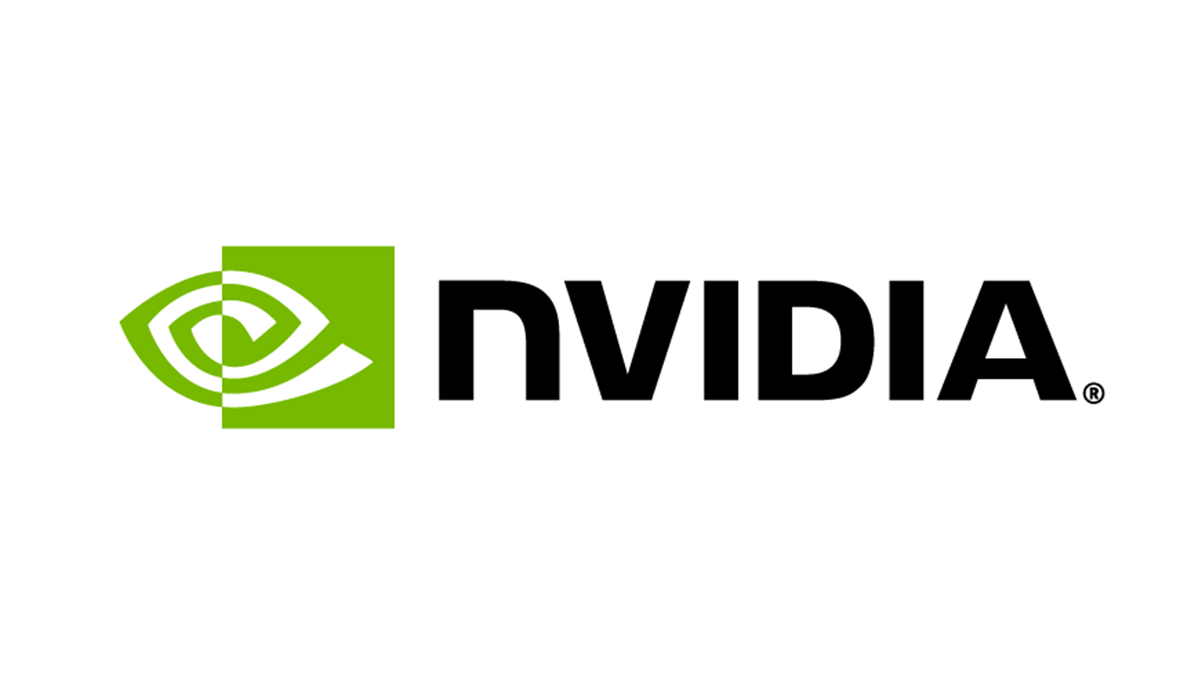In late 1999, after spending $70 million developing what was then the most expensive game ever made, SEGA released Shenmue for the Dreamcast. Though the world was a better place for it, the game did not recover its development costs, nor did it get the audience it deserved.
I’ll be the first to admit that “best game of all time” sounds hyperbolic and highly subjective, but I’m still going to make the case anyway.
Shenmue Was a Revolution
Shenmue is an action-adventure game that takes place in the 1980s from legendary Japanese designer Yu Suzuki, who previously earned his reputation with hits like Virtual Fighter, Out Run, and Space Harrier. The game initially took the form of a Virtual Fighter spinoff role-playing game for the SEGA Saturn, before development moved to the Dreamcast and established its own strong identity.
The game was released in Japan on December 29, 1999, and took just under a year to arrive on North American and European shores in November of the following year (with a full English translation). The game received an overwhelmingly positive reception, with many reviewers heaping praise on the game for pushing the medium as a whole forward.
A sequel arrived in late 2001 for Japanese and European markets, with the U.S. version canned due to the Dreamcast’s waning popularity. In spite of this, many U.S. fans committed to the franchise and were able to play imported PAL copies with the necessary workarounds. Shenmue II was later released in the U.S. on the original Xbox console the following year.
The $70 million number that is often attached to Shenmue’s development incorporates much of the technology and assets that were used in the sequel. Shenmue II is little more than a continuation of the first game, making small tweaks but ultimately just continuing the story. Shenmue II reduced its costs by cutting the story down to size and shipping without an English translation (though this was later added in the Xbox release).
Despite its ballooning costs and the fact that the game was a commercial failure, Shenmue was still a landmark moment in gaming. It is a game of firsts and innovation, showcasing an open world that feels lived in, that is populated by characters with jobs, dwellings, and daily routines, who you can talk to at any time. For better or worse, the game sticks to a rigid day-night cycle (with no option to skip time).
This gives even downtime a purpose, which is why the game is filled with so many seemingly pointless distractions. It was the first game to repackage whole arcade games like Space Harrier and allow you to play them via an in-game arcade (along with a handful of original titles). You’ll receive a modest daily allowance to spend here and on other “pointless” collectibles like capsule toys, cassettes, and lighters. Shenmue really wants you to feel part of its world.
The game is also notable for the way that it straddles genres, at a time when most games stuck rigidly to one thing. Not only is it an epic narrative adventure set in an immersive open-world, it’s also a chilled-out life sim, a beat ‘em up with mechanics ripped straight from Virtua Fighter, and at times incorporates elements of puzzle-solving, stealth, sleuthing, and driving.
It also happens to be the first game to introduce the Quick Timer Event (QTE) mechanic, where you’d need to respond to actions during cutscenes by tapping a button (or combination). Though QTEs have perhaps not aged as well as they could have, I don’t “blame” Shenmue for this. Yu Suzuki and the team used these moments sparingly to great effect. They managed to turn passive cutscenes into interactive sequences that bring story moments to memorable crescendos. QTEs in Shenmue offer a change of pace when the game needs it most.
The Day the Snow Turned to Rain
Shenmue doesn’t waste any time with a slow build-up, which means the game manages to get its hooks into you from the opening cutscene. Minutes after you sit down to play, the player character Ryo Hazuki witnesses the murder of his father at the hands of a shadowy figure known only as Lan Di. The game opens on November 29, 1986, during a snowstorm, then drops you right into the action only a few days after your father’s passing.
From here, you’re gradually introduced to the world. At first, you explore the family residence before you’re able to venture out and explore the small village that you call home. These opening areas serve as a soft tutorial, introducing you to the socializing, scrapping, and spending you’ll spend much of your time doing. The game drip feeds you information to keep you invested, as the story twists and turns over the course of around 20 hours for the opening game and 20 more in the sequel (not accounting for time spent playing After Burner).
Though the story is grounded in realism, it also dabbles in eastern mysticism and prophecies. Breakthrough discoveries are balanced by setbacks that force you down new paths, into new areas, and back into old areas to explore more thoroughly. All the while, there’s room for personal development and to check in on how the events of the game are affecting the characters around you.
To keep you on course, you’ve got a notebook that auto-populates with clues and the information you’ve learned. You’ll rarely feel “stuck” in Shenmue outside of the odd challenging fight sequence or QTE that repeats until you get it right. The biggest hurdle you’ll encounter is messing up your timing and finding yourself with a few (in-game) hours to kill.
A Masterclass in Atmosphere
What has made me spend so much time playing Shenmue is the game’s atmosphere. Central to the game’s genius is a swelling orchestral score that ramps up and punctuates some of the most important story moments. It’s a soundtrack that’s easily up there with the best that the medium has to offer, thanks to an incredibly talented pool of composers.
Despite falling in love with the main score, it’s not the orchestra that keeps me coming back all these years later. Every establishment in the first game happens to have its own original music, and there’s something utterly mesmerizing about these playful backing tracks that encapsulates Shenmue’s personality so well. Call me weird, but I listen to these all the time, I even have local copies.
Intricate classical music underscores restaurants and antique shops. Here’s what you hear when you visit the Ajiichi Restaurant, a Chinese eatery:
Cheesy J-pop irritates while you’re buying cassettes and milk from the Tomato Convenience Store or wasting money on slot machines. This one’s basically a meme at this point:
And the smoky jazz that punctuates the bars and lounges makes up some of the best music in the games:
There’s a sense of cohesion between these tracks, and I’m not ashamed to admit that when I first fell in love with Shenmue that I’d spend time wandering around the world just to listen to them (these days we have better means of binging video game soundtracks).
This music is made all the more fascinating by the fact that many of these establishments serve no purpose in the game; they’re just flavor for the world. In the second game, the greatly expanded scope of the world sees some tracks reused within common establishments, but every area has its own background music, many of which have both night and day versions.
Again, these compositions absorb and reflect the feeling of the world around you. Run-down areas like the South Carmain Qr are accompanied by a suitably moody drone:
Compare this with the background music for an electrical store that you could finish the game without ever setting foot in:
This right here is where the budget went. Such absurd attention to detail and commitment to building a world in which you can buy a packet of potato chips, pick up a vase and move it around, or down a can of soda in around 15 seconds just to see the animation is what makes Shenmue so fascinating beyond its technical and narrative accomplishments.
Should You Play Shenmue?
I’m not going to pretend that much of my love for this game isn’t grounded in cold, hard nostalgia. I was 14 when I first played it, and at the time, everything from the visuals to the gameplay was revolutionary. I gleefully overlooked some of the game’s rougher aspects, and I’m still unabashedly more tolerant of some of them than someone who’s never touched the game before.
The English language voice acting has its moments. Ryo’s awkward demeanor is endearing to me, but you’re going to hear him say things like “is that so?” and walk headfirst into some unintentional comedy many times during your playthrough. Other characters are flat-out grating, though there are plenty of solid performances from key adversaries and the more important links in the chain you’ll discover along the way.
Then there’s the time aspect. While modern games allow you to skip waiting, Shenmue gives you no such luxury. If you need to meet someone at 10 am, and you miss it, you have to wait. You can play arcade games or stand in the corner of your bedroom until the game lets you go to sleep, but there’s no time advance mechanic.
There’s also the small issue of closure. The game still isn’t finished, and even after making a surprise comeback for the fan-backed Shenmue III, you won’t see a conclusion to Ryo’s story yet. Fans are pining for a fourth entry, but considering how hard it was to get a third game, I’m not holding my breath. Even the anime was cancelled.
These alone are not reasons to avoid Shenmue, and the first two games are highly accessible thanks to the Shenmue I and II collection (available on Steam, PS4 and PS5, and Xbox consoles). This remaster updates the UI and graphics scaling, plus gives you the option of playing in Japanese and English.
Just as fans of classics like Super Metroid, Final Fantasy VII, or Chrono Trigger would emphatically tell you to give these games a shot even now, I will say the same about Shenmue.
It’s an important piece of gaming history, helping to refine the open-world formula and introducing many concepts that are well and truly alive today in games like Yakuza (Like a Dragon).
















